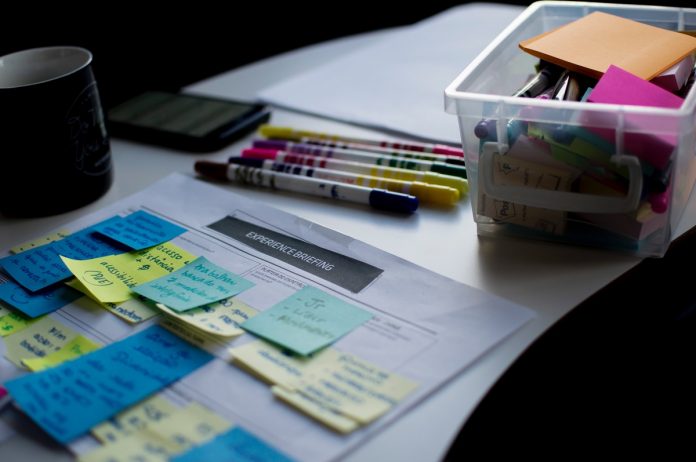
An employee training plan has become an important asset for staff development in 2021. This is hardly a surprise considering that the pandemic of 2020 has changed the way we work. According to recent research, employee training and development has taken off, becoming the foundation of business growth not just this year, but for years to come.
This is why a training program for employees is so necessary right now—it makes the training process easier and smoother to implement. A plan, like the one below, also makes onboarding and knowledge sharing more efficient, building a support system within an organization that encourages productivity and growth.
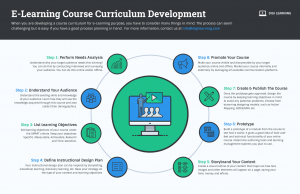
How can companies design and implement plans that yield success? We share five simple, actionable steps in this article.
Five Actionable Steps for Employee Training
- Employee Training Plan Goals
Your employee development plan must have a specific goal, that’s the only way to make the program impactful. Set out the goals for your training program in the plan—these could be any of the following:
- Company and job-related knowledge
- Product development
- Learning about new methodologies
- Getting updated on new processes
- Learning how to use new software or technologies
- Pivoting to a new customer base or product
Remember that your goals, for your business and your training plan, should be SMART, as this graphic explains.
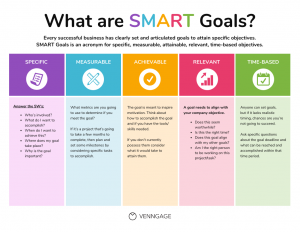
The goals in your plan should also be connected to the overall business strategy. Training employees takes time and effort—it should have some bearing on the organization’s future.
A business goal may be to increase sales goals. Consequently, the training plan can focus on training new salespeople to upsell certain products.
If the organization is aiming for better customer service, a training goal might be to teach X amount of employees how to use an automated response system.
When your plan has a clearly defined goal, you will be able to develop a program that is clear, precise, and measurable.
2. Types of Training
There are numerous types of training and the specific type chosen for a program should be detailed in the employee development plan.
Here are the most common types of training programs:
- Onboarding new employees
- Team building
- Developing new skills
- Enhancing existing skills
- Quality and compliance training
- Product training
- Health and safety training
Note how some of these exercises are meant for new employees, while others are for established staff. This changes the course and objective of the program.
The plan should outline the kind of training program that will be implemented, the goals for that program, and what trainees can expect to do and achieve at the end of it.
3. Essential Plan Elements
There are a few essential elements that every training and development plan has to include:
- Overview of the program
- Program objectives
- Timeline for the training program
- Key takeaways for participants
- Trainer biographies
Add visual elements to make the plan more easily skimmable and memorable. Icons can be used to denote key statistics, like in the graphic below.
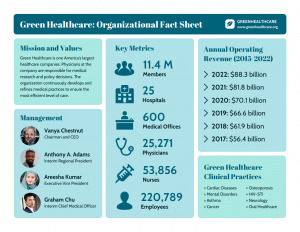
Flow charts and graphs can depict processes or the growth trajectory for the organization or the goals of the program.
The above fact sheet includes photographs of the team—this should be included in your plan so that program documents are designed to familiarize trainees with the rest of the staff.
You can expand the plan as needed—more extensive programs will require more elements in the plan.
But if you have a starting point, you can create a template to work from whenever the need for training exercises comes around, instead of having to create it from scratch.
4. Include Employee Tools
There are multiple ways to deliver a training program for employees. In-person instruction may not be possible for at least another year, so what other options are available?
E-learning and virtual events are huge right now, which is understandable, considering the number of people working remotely.
Different tools require different input and administration—if the training team isn’t prepared, they may not be able to deliver the program correctly.
That is why it is important for the plan to include details about what kind of technology will be used to train employees.
If you’re using an LMS—a learning management system—for delivering and tracking the program, that should be included in the plan.
Training programs can also be delivered via project management tools—this too, should be clarified in the plan.
Include screenshots of the tools so the training team involved knows how to use them.
5. Measuring Plan Success
The employee development plan needs to be measured if it’s to be a success—but so many companies don’t do this!
You need to track how your employees and trainees feel about the plan and the program. This goes back to the first point where you set your plan goals.
Does the plan and subsequently, the final training program, reflect the goals that were set out?
There are a few ways to measure the success of your plan. You can ask your employees to share their thoughts through this simple voting system.
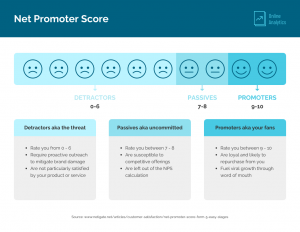
This is an easy-to-understand visual scoring system that tells you the effectiveness of your plan. However, it doesn’t tell you where you need to improve.
You can use a more detailed tracking sheet, like the one below, that will give trainers a better understanding of how well the training is going for employees.
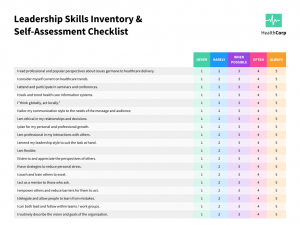
The above colorful checklist can be shared from time to time after a training session to find out whether employees have learned more, which is the purpose of the plan.
Conclusion: Make Your Employee Training Plan More Impactful with Visuals
An employee training plan sets the tone for your program. That is why adding visuals is so necessary—they make for better reading and retention.
With the right kind of visuals, your plan will be easier to skim and understand. As a result, designing the training program will be a painless process.
At the end of the day, training employees is all about enhancing their skills to improve company growth—which is what a visual plan can achieve.




